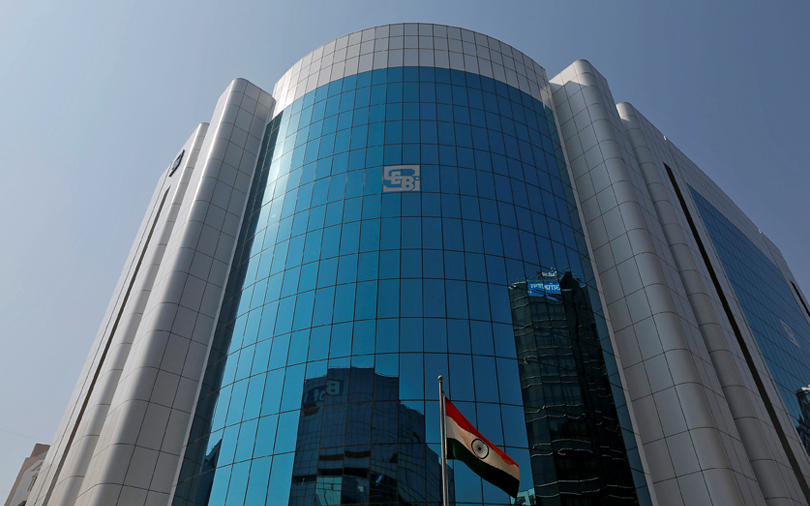
New Delhi, July 8 -- The Securities and Exchange Board of India's recent measures to restrict retail investors' participation in the equity derivatives segment where they lost Rs 1.06 trillion ($12 billion) in the year through March may be showing early signs of progress with the number of individual traders and their average losses falling in recent months.
The capital markets regulator noted in a study that the number of retail investors in the equity derivatives segment, or EDS, over the last six months has dropped 20% year-on-year, although it is still up 24% from two years ago. The study evaluated how SEBI's interventions since October 2024 affected various investor segments. That month, SEBI had introduced various measures to reduce speculative trading by retail investors in futures and options after a previous study highlighted the boom in derivatives trading in India and the heavy losses that individuals were making.
The regulator had rationalised weekly index derivatives products, increased tail rise coverage on expiry day, increased contract size for index derivatives, rationalised monthly index derivatives products, mandated upfront collection of option premium from buyers, removed calendar spread treatment on expiry day and launched intraday monitoring of position limits. These measures were rolled out from November 20, 2024 to April 1, 2025.
The new study largely compared three periods of time: December 2024 to May 2025, December 2023 to May 2024, and December 2022 to May 2023. It found that not only the number of retail traders in the equity derivatives segment has fallen in the latest six-month period, the number of individuals with total turnover less than Rs 1 lakh saw a higher drop of 30% year on year. To be sure, this category of investors recorded a high growth of 57% from two years ago.
While their number and turnover in the segment have dropped year-on-year, retail traders continue to make losses. In fact, the new study shows that the net losses of individual traders widened by 41% to almost Rs 1.06 trillion in FY25 from Rs 74,812 crore in FY24 (after accounting for transaction costs). Also, the percentage of traders making losses in the equity derivatives remained broadly unchanged at 91% when SEBI conducted its previous study last year.
The new study noted also that, during December 2024 to May 2025, the average daily traded value in equity derivatives fell 5% from a year earlier and that the average daily traded value by individual investors dropped 11%. The study also looked at quarterly data for retail traders and their losses. It found that the number of individual traders fell 20% in the January-March quarter from the previous three months while their total loss declined 26% to Rs 24,745 crore.
To be sure, a rise or fall in stock market activity, including derivatives, could be attributed to more than one factor. So, apart from the SEBI clampdown, some other factors could also have played a hand in the decline in the number of retail traders in the futures and options segments. For instance, India's stock markets turned volatile after touching record highs in September 2024 and benchmark indexes fell as much as 17% by early April, with many stocks dropping even more. However, benchmark indexes have rallied almost 17% since April.
Rise of index options
The SEBI study also showed that there was a rapid rise in individual investors' participation in index-derivatives trading over the last five years, while the investors' losses more than doubled over an overlapping period.
Individual investors put eight times more money in index derivatives in FY25 than what they did in FY20. Meanwhile, their losses in the equity derivatives segment jumped from Rs 40,827 crore in FY22 to Rs 1.06 trillion in FY25.
The equity derivatives segment includes both index derivatives and single-stock derivatives, but retail investors are much more active in the former than the latter. Retail investor-led turnover in the index derivatives segment was 10 times the volume in single-stock derivatives in FY25.
The new study comes days after SEBI banned US trading firm Jane Street for what it said was manipulative practices in the futures and options market. The interim order banning Jane Street noted that the firm had made profits of Rs 43,289 crore in index and stock options.
The study said that, in FY20, for every Rs 100 traded by individuals in EDS, around Rs 5 went into index options. This rose to Rs 41 in FY25. Between FY20 and FY25, the turnover of individuals in EDS grew at a compound annual rate of 19%. "Growth in average daily traded value by individuals was the highest for index options (CAGR 82%) followed by stock options (CAGR 48%)," the study noted.
Published by HT Digital Content Services with permission from VC Circle.
